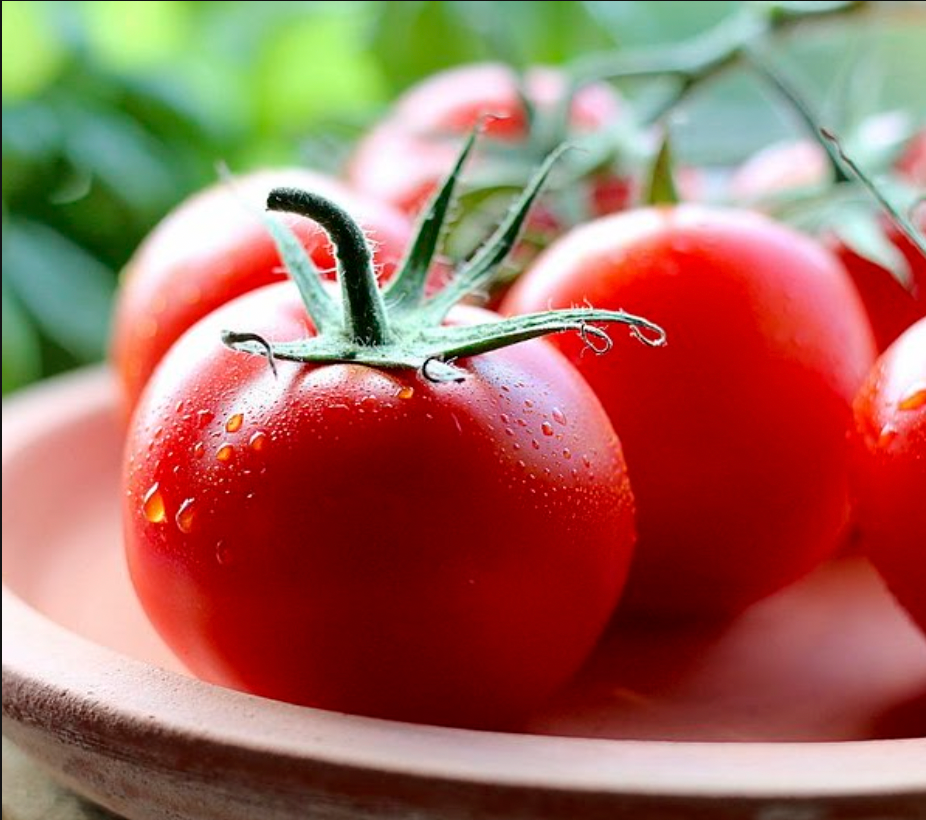Tomatoes are a staple in many cuisines around the world. Whether you're making a fresh salad, a hearty pasta sauce, or a flavorful salsa, the quality of your tomatoes can greatly affect the taste and overall outcome of your dishes. To ensure you're using the freshest tomatoes in your cooking, it's essential to know how to pick the right ones at the grocery store. In this guide, we'll explore the art of tomato selection and share tips to help you find the juiciest, ripest, and most flavorful tomatoes on your next grocery trip.
When it comes to tomatoes, color is a good indicator of ripeness and freshness. Look for tomatoes with vibrant and uniform coloring. Depending on the variety, this might be red, orange, yellow, or even green. Avoid tomatoes with any hints of green near the stem area, as they are likely underripe. Also, watch out for dull or overly glossy skin, as these can be signs of an overripe or less flavorful tomato.
A gentle squeeze can reveal a lot about a tomato's ripeness. The ideal tomato should yield slightly to pressure but still feel firm. If it's too soft or mushy, it's likely overripe. However, if it feels rock-hard, it may need more time to ripen at home. Keep in mind that different types of tomatoes may have slightly different textures, so it's essential to get a feel for the specific variety you're buying.
Examine the surface of the tomato for any blemishes, cracks, or bruises. These imperfections can indicate that the tomato is either overripe or has been mishandled. A smooth and unblemished skin is a good sign of freshness. However, don't be too concerned about minor imperfections, as they often don't affect the taste or quality of the tomato.
The stem area, where the tomato was attached to the vine, can reveal valuable information about its freshness. Look for a green, fresh-looking stem. If the stem is brown or withered, it might be a sign of an older tomato. Additionally, a tomato with a dry, brittle stem is likely past its prime.
Fresh tomatoes should have a pleasant, earthy aroma. Give the tomato a gentle sniff near the stem end. A fragrant tomato is more likely to be flavorful and ripe. If it doesn't have any smell or smells slightly musty, it might not be as fresh.
Tomatoes are at their peak flavor and freshness during the summer months when they're in-season. If possible, buy tomatoes during this time, as they're more likely to be locally sourced and harvested at their prime. However, if you're shopping for tomatoes in the offseason, opt for vine-ripened or hothouse varieties, which are typically more consistent in quality.
Tomatoes come in various shapes and sizes, each with its unique flavor profile and ideal uses. Cherry and grape tomatoes are known for their sweetness and are excellent for snacking or salads. Plum tomatoes, such as Roma, are great for making sauces due to their low moisture content. Beefsteak tomatoes are large and juicy, making them perfect for sandwiches. Select the variety that best suits your intended culinary purpose.
If you have access to organic tomatoes, they can be an excellent choice. Organic tomatoes are grown without synthetic pesticides or fertilizers, which can lead to a more natural and flavorful taste. They're also less likely to have pesticide residue on their skin, making them a healthier option.
Don't hesitate to ask the store's produce department staff for assistance. They can often provide valuable information about the tomatoes they have in stock, including which ones are the freshest and most flavorful. They may also be able to guide you to local or seasonal options.
Sometimes, tomatoes are sold in plastic packaging or containers. While this can protect them from damage, it can also make it challenging to inspect the tomatoes closely. If you're buying packaged tomatoes, try to choose clear containers that allow you to see the tomatoes inside. If that's not an option, make sure to thoroughly check the visible tomatoes for freshness.
Refrigeration can dull the flavor and alter the texture of tomatoes. Unless your tomatoes are fully ripe and you need to extend their shelf life, it's best to store them at room temperature. If your home is very warm, you can keep them in a cool, dark place, but avoid direct sunlight.
If you've purchased slightly underripe tomatoes, you can help them ripen at home. Place them in a paper bag with a banana or an apple, which release ethylene gas, a natural ripening agent. This will speed up the ripening process. Check them daily until they reach your desired level of ripeness.
If you're buying canned or jarred tomatoes, you won't be able to rely on sight or touch, but you can still make an informed choice. Look for reputable brands known for high-quality products. Opt for canned tomatoes with no added salt or preservatives to have more control over the flavor when cooking.
Selecting the freshest tomatoes at the grocery store is a combination of using your senses and being aware of the factors that influence tomato quality. By considering the color, texture, skin, stem area, smell, and season, you can ensure that the tomatoes you bring home will enhance your culinary creations. With these tips in mind, you'll be well-equipped to choose the juiciest, ripest, and most flavorful tomatoes for your next meal. Enjoy the delicious difference that fresh tomatoes can make in your cooking!
